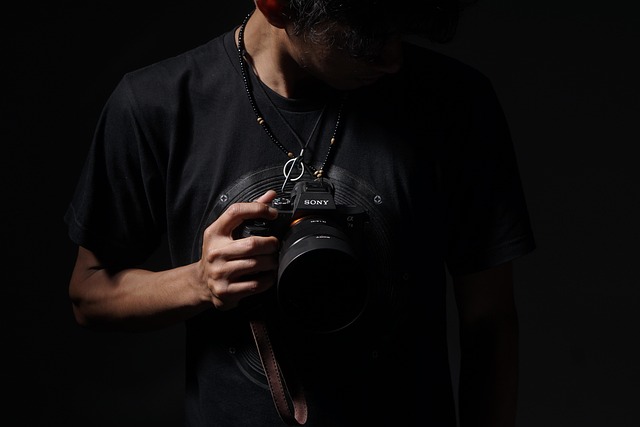Embracing the Essence of Portrait Photography
Portrait photography is more than just capturing a person’s likeness; it is an art form that embodies emotion, character, and narrative. The allure of creating stunning portraits lies in the delicate balance of art and design, where each click of the shutter can reveal profound stories waiting to be told. Whether you’re a budding photographer or a seasoned pro, mastering this form of photography requires a keen understanding of both technical skills and artistic expression.
The Artistic Vision
At the heart of portrait photography is an artistic vision that transcends mere documentation. When you take a photograph, you are not just freezing a moment in time; you are conveying feelings, thoughts, and the unique essence of your subject. Think about the emotions you want to portray: joy, melancholy, introspection. Your artistic intention will guide your choices in lighting, composition, and even the environment you choose for the shoot.
Designing the Frame
Design plays a pivotal role in creating captivating portraits. The arrangement of elements within the frame can dramatically affect how your subject is perceived. Pay attention to background details, textures, and colors that can enhance or detract from the focal point—your subject. Simplifying backgrounds and using complementary colors can draw the viewer’s attention directly to your subject, making your portrait memorable.
Using leading lines, symmetry, and the rule of thirds are design principles that can elevate your portrait photography to new heights. Consider how you place your subject within the frame. Are they centered, or are they nestled in one of the power points created by an imaginary grid? These decisions are crucial in creating dynamic portraits that visually resonate with viewers.
The Power of Lighting
Lighting can transform an ordinary portrait into a masterpiece. Natural light, studio lighting, and even artificial sources can evoke different moods and feelings. Utilize soft, diffused light to create a gentle and flattering look, or harsh light for dramatic, high-contrast effects. Experiment with time of day and weather conditions; the golden hour offers warm tones that can enhance your subject’s features beautifully.
Engaging with Your Subject
To capture the true essence of your subject, it’s important to engage with them. Build a rapport and foster a comfortable environment where they can express themselves freely. The best portraits often emerge from moments of genuine interaction—laughter, reflection, or even silence. By creating a connection, you’ll be able to portray their true self, resulting in a more authentic and captivating image.
Post-Processing Magic
Once you’ve captured your portraits, the art of design doesn’t end there. Post-processing plays a crucial role in fine-tuning your images and enhancing their emotional impact. Use editing software to adjust the balance of colors, tweak the lighting, and crop for better composition. Remember, the goal is to maintain the authenticity of your subject while enhancing the overall aesthetic of the portrait.
Portrait photography is a powerful medium where art meets design, enabling you to express your creativity while telling the stories of those in front of your lens. By immersing yourself in the nuances of compositional design and refining your artistic vision, you will not only master the technical aspects but also cultivate a unique voice that resonates with your audience.




